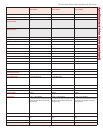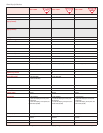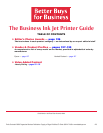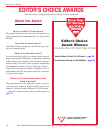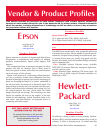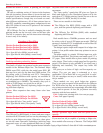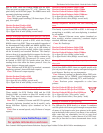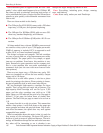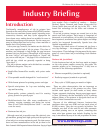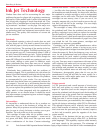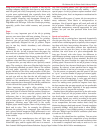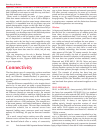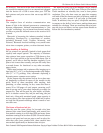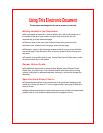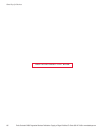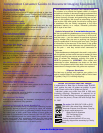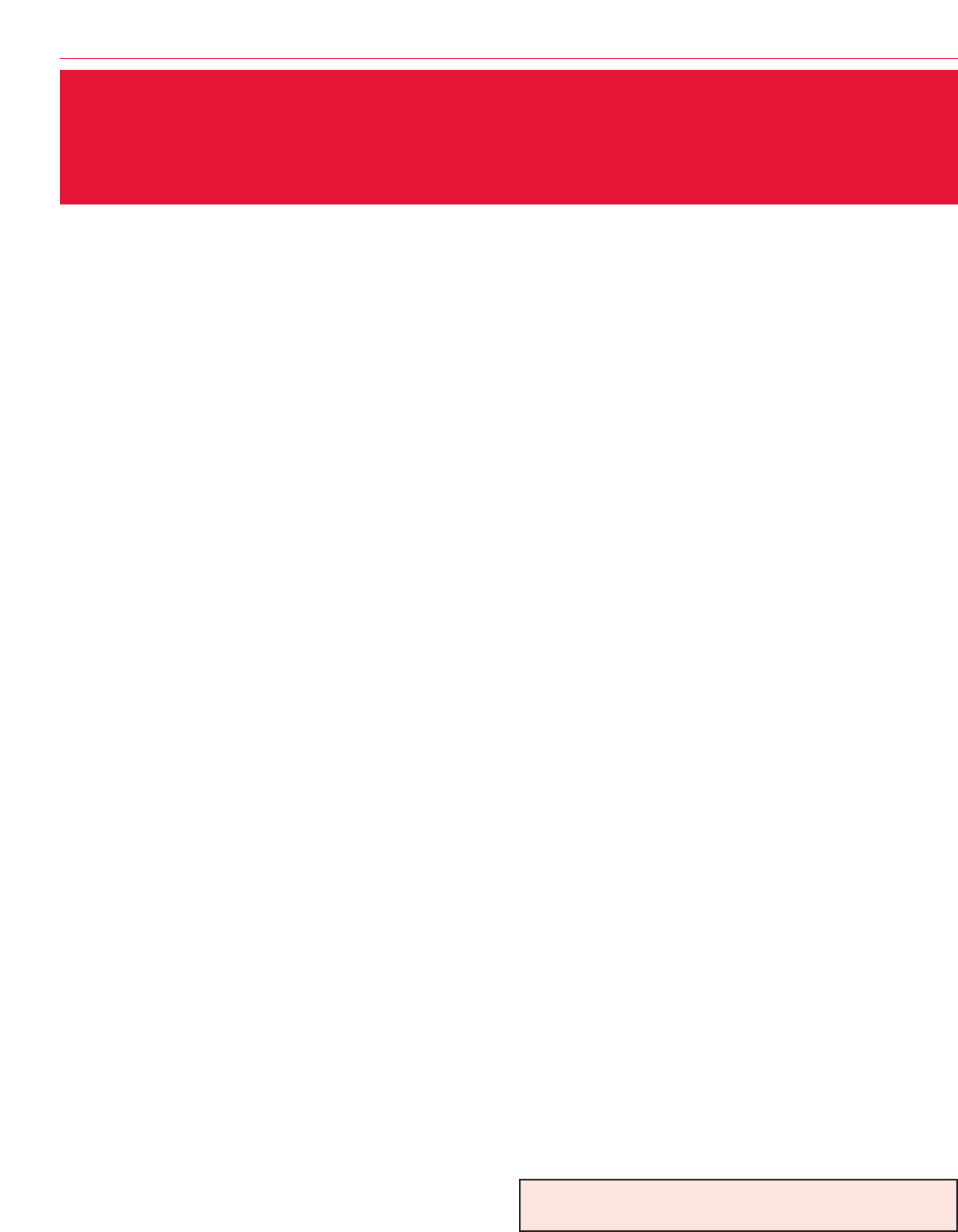
The Business Ink Jet Printer Guide: Industry Briefing
Entire Contents © 2006 Progressive Business Publications. Copying of Pages Prohibited.To Order: 800 247 2185 or www.betterbuys.com 131
Introduction
Traditionally, manufacturers of ink jet printers have
focused on the small-office/home-office (SOHO) market.
These low-cost machines feature speeds, operating costs,
connectivity features, and duty cycles appropriate for
low-volume users, making them less suitable for users in
demanding workgroup environments. For the most part,
users in workgroups have had to buy a laser machine to
handle their color printing needs
.
A few years ago, however, the market saw the birth of a
new, more upscale kind of ink jet printer. This class of
machine was designed to help bridge the gap between
personal ink jets and lasers. (Henceforth in this section,
the term “ink jet”
will a
pply specifically to “liquid” ink
jets, not to solid ink jets — see page 61 for a discussion of
solid ink jets, which are generally regarded as being
“laser-class.”)
The ink jet printer market can be di
vided into a n
umber
of different categories. They are:
✔ Small-office/home-of
fice models
, with prices under
$100
✔ Ultra-portable models designed for “road warriors”
✔ Wide-format printers for printing posters and signs
✔ Special mini-printers for 1-up uses including name
tags and barcoding
✔ Photo-quality printers primarily used for creating
g
lossy pictur
es on special pa
per
✔ Multifunctionals that offer some combination of
printing
,
copying, scanning, and faxing (we review
these in our
Printer Multifunctional Guide — see back
cover for more)
✔ Business-class ink jets
Although most ink jet models seem lik
e r
ela
ti
vely sim-
ple machines, getting both high quality and fast speed out
of an ink jet is a serious engineering task. For that reason,
there are fewer manufacturers in the ink jet than in the
laser market. Only a handful of vendors — Hewlett-
Packard, Epson, Lexmark, and Canon, along with Fuji
Xerox (which does not sell ink jets in the US) — have
honed this technology for the office and continue to
improve on it.
In an ink jet printer, images are created just as in dot
matrix and laser printers. Each image is comprised of
thousands, or even millions, of tiny dots. As technologies
have improved, resolutions have gotten higher and image
quality has impr
oved dramatically. Speeds have also
r
eached respectable levels.
However, the whole sector of business ink jets faces a
v
ery big challenge — the emergence of sub-$500 color
laser printers. That challenge is being muted by the emer-
gence of a new, faster ink jet technology from Hewlett-
Packard.
Business ink jets defined
It’s the business-class ink jets that have made an impact
on the color printer market covered by this guide. We
consider printers to be “business-class” if they have at
least two of the following capabilities:
✔ Ethernet compatibility (standard or optional)
✔ PostScript support (standard or optional)
✔ Duty cycle of 5,000 pages per month or higher
T
here are other characteristics that are important as
well, shared by many of the printers we cover. These
include rated speeds (in draft mode, at least) above
14ppm, automatic duplexing, decent paper-input capaci-
ty (o
v
er 150 sheets), and the availability of PCL printing
support. Many of the printers in this guide have one or
more of these characteristics as well.
Because of the additional features, business-class
machines often cost over $200 and can reach prices of
$1,000 or mor
e
.
T
hey also vary greatly in features. For
example, over half of the units do not offer automatic
two-sided printing even as an option, something that
most color laser printers now include. Stapling, by the
way, is not offered by any of the ink jet printers we cover.
Industry Briefing
www.betterbuys.com



